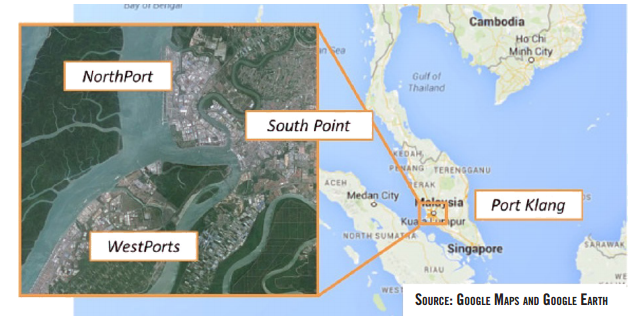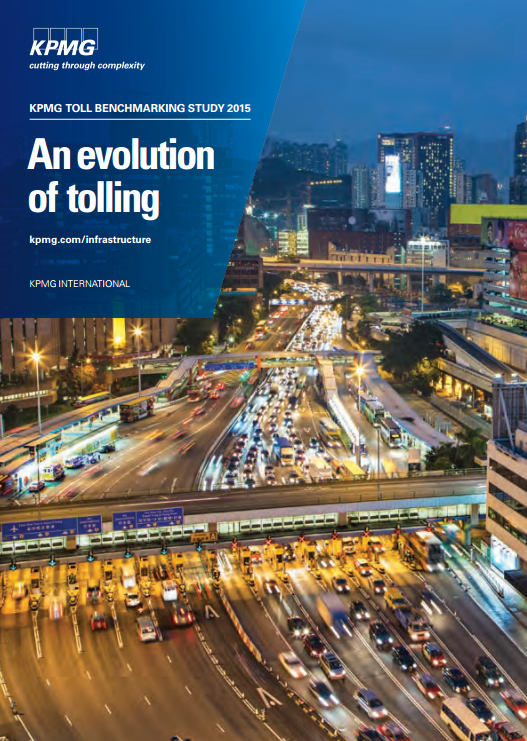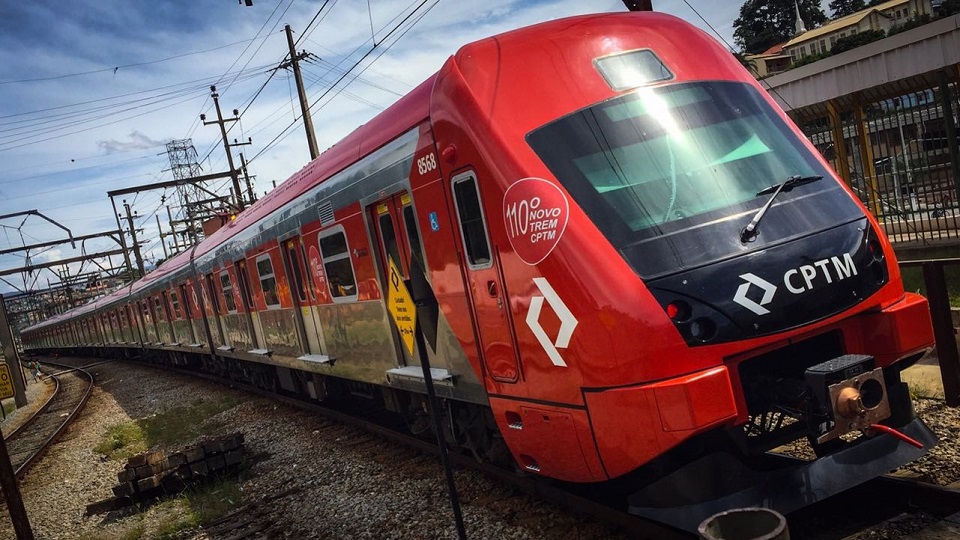1292 results found
Featured results



More results

We are connected to the global economy in numerous ways through the trade in goods and services, through crossborder investment, and through the movement of people and ideas.



Oxford Economics, in cooperation with the Organization of American States (OAS), has published a report on the TIR System as an example of a best practice for facilitating intermodal transport in Latin American Countries.



This publication consists of analysis on the relationship between GDP growth and traffic growth and converting emerging market growth into investment opportunities.



China is considering ways to attract additional capital to finance investment in railways and Worldwide, private capital has been attracted to the railway sector through a range of mechanisms.



This series provides an overview of public-private partnership stories in various infrastructure sectors, where IFC was the lead advisor. This specific case relates to the NAIA Expressway project in Philippines.



The Malaysian government has improved the capacity and efficiency of its port infrastructure by involving the private sector.






The efficiency of toll roads is important. Not just for tolling operators, but also for governments, investors and the driving public.



The Port Reform Toolkit is aimed to provide policymakers and practitioners with effective decision support in undertaking sustainable and well-considered reforms of public institutions that provide, direct, and regulate port services in developing countries.



The core principle behind the PPP is the creation of a contractual bubble – a framework of contracts.


The Toolkit is a reference guide for public authorities in developing countries for the development of PPP programs in the highways sector, particularly in assisting in PPP policy development, project preparation and the sourcing and more.

This paper develops a port productivity and efficiency analysis of all developing regions between 2000 and 2010, using both parametric and nonparametric approaches.




The Infrastructure and Projects Authority (IPA) is developing a new top-down benchmarking methodology, which will be used to encourage better and more consistent benchmarking across infrastructure projects among both government departments and client organisations.


This handbook synthesises and disseminates knowledge to inform the planning, implementation, and operations of urban rail projects.


This report sets out several of the recent advances, and suggests the most promising approaches, to the quantification and valuation of some of the wider economic benefits that flow from transport-related development.

The Future of Infrastructure report (Annual edition) is based on a survey covering more than 10,000 people in 10 major global cities to ask about their everyday experiences with infrastructure services.

The toolkit provides expert guidance, dependable counsel and a compilation of best practices to assist state legislatures as they consider whether and how to pursue public-private partnerships (PPPs) in their states.

This toolkit has been prepared to assist public entities in the state of Maharashtra in India in developing public-private partnership (PPP) urban bus transport projects.

It addresses the growing worldwide interest in the use of light rail metro transit (LRMT) schemes to provide urban transport solutions and reviews the potential use of public-private partnership (PPP).




